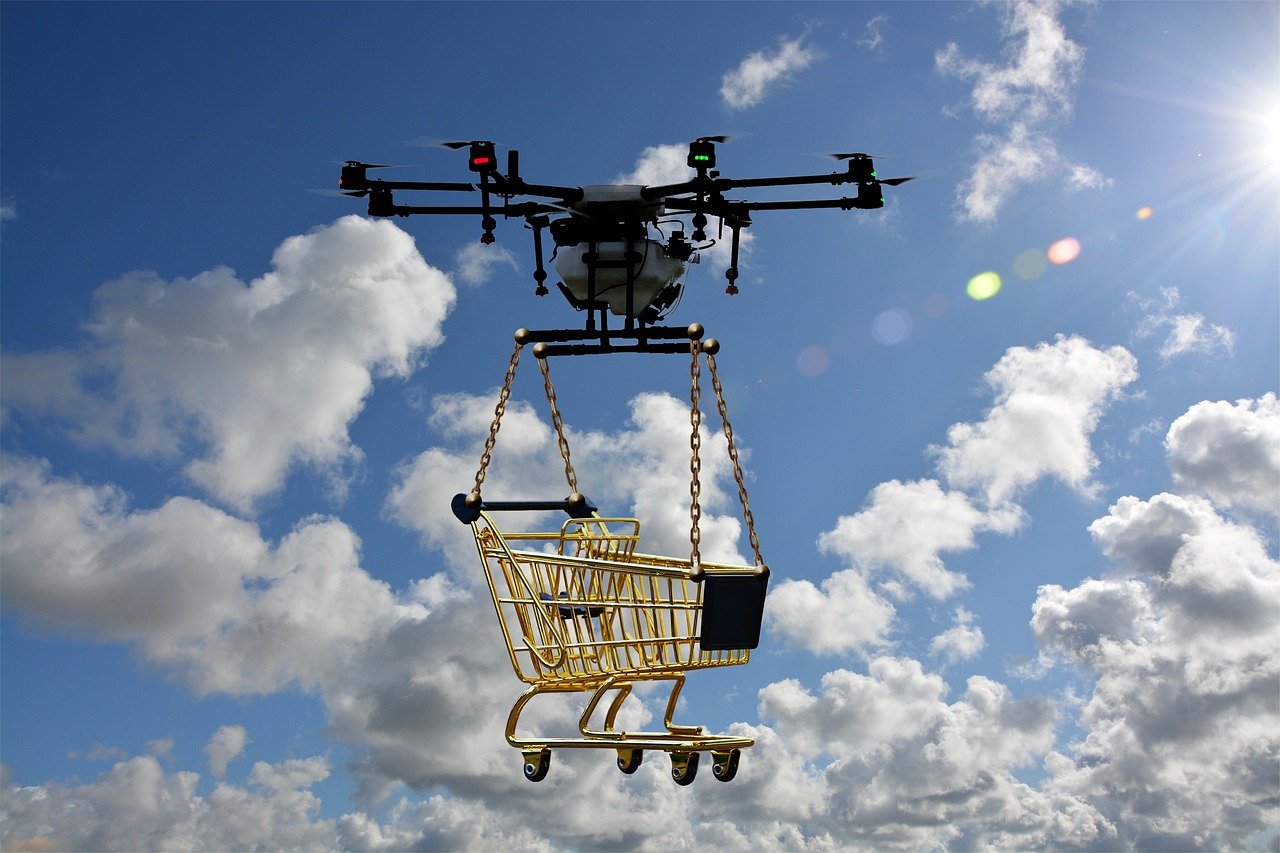What Drone to Fly? How to Pick Your Drone Technology for Business Success in 2024
Choosing the right drone for your business is a critical decision that can significantly impact your operations, efficiency, and bottom line. With the drone market expanding rapidly and new models hitting the shelves every year, selecting the best drone for your needs can feel overwhelming. In 2024, businesses have more options than ever, from compact consumer drones to advanced industrial UAVs (unmanned aerial vehicles). At Raising Drones, we’re here to help you navigate this decision-making process and choose the drone technology that will drive your business success.
Understanding Your Business Needs
Before diving into the technical specifications of drones, it’s essential to identify your business needs and goals. Ask yourself the following questions:
1. What is the primary purpose of the drone?
Are you using it for aerial photography, mapping, inspections, deliveries, or something else?
2. What is your budget?
Drones range from a few hundred dollars to tens of thousands, so it’s important to set a realistic budget.
3. What are your operational requirements?
Consider factors like flight time, range, payload capacity, and environmental conditions.
4. Do you need advanced features?
Features like obstacle avoidance, AI-powered analytics, and thermal imaging can enhance your operations but may come at a higher cost.
Key Factors to Consider When Choosing a Drone
1. Payload Capacity
The payload capacity of a drone determines what equipment it can carry, such as cameras, sensors, or delivery packages. For example, if you’re in the construction industry and need to conduct inspections, you might require a drone with a high-resolution camera and LiDAR sensor.
In 2024, drones like the DJI Matrice 300 RTK and Autel Dragonfish are popular choices for businesses requiring heavy payloads and advanced imaging capabilities.
2. Flight Time and Battery Life
Flight time is a crucial factor, especially for tasks that require extended operations, such as surveying large areas or monitoring crops. Most consumer drones offer 20-30 minutes of flight time, while industrial drones can fly for up to an hour or more.
For instance, the WingtraOne GEN II, a fixed-wing drone, offers up to 59 minutes of flight time, making it ideal for large-scale mapping and surveying projects.
3. Durability and Weather Resistance
If your business operates in challenging environments, such as construction sites or offshore oil rigs, you’ll need a drone that can withstand harsh conditions. Look for drones with rugged designs, waterproofing, and resistance to dust and extreme temperatures.
The DJI Mavic 3 Enterprise, for example, is built for tough environments and features a thermal camera, making it suitable for inspections and search-and-rescue operations.
4. Ease of Use and Portability
For businesses with limited technical expertise or those that require frequent travel, ease of use and portability are key considerations. Compact, foldable drones like the DJI Mini 3 Pro and Autel EVO Nano are lightweight and easy to transport, making them ideal for on-the-go operations.
5. Advanced Features and Technology
In 2024, drones are equipped with cutting-edge features that can give your business a competitive edge. Some of the most valuable features include:
- Obstacle Avoidance: Essential for flying in complex environments, such as urban areas or dense forests.
- AI-Powered Analytics: Enables real-time data processing and insights, particularly useful in agriculture and infrastructure inspections.
- Thermal Imaging: Ideal for applications like firefighting, energy inspections, and wildlife monitoring.
- Automated Flight Modes: Features like waypoint navigation and follow-me mode simplify operations and improve efficiency.
Industry-Specific Drone Recommendations
1. Agriculture
For precision farming, drones like the DJI Agras T40 and Parrot Bluegrass are equipped with multispectral cameras and spray systems, enabling farmers to monitor crop health and optimize irrigation.
2. Construction
The DJI Phantom 4 RTK and senseFly eBee X are popular choices for construction companies, offering high-precision mapping and surveying capabilities.
3. Logistics and Delivery
Drones like the Wingcopter 198 and Elroy Air Chaparral are designed for last-mile deliveries, featuring large payload capacities and long flight ranges.
4. Media and Entertainment
For filmmakers and content creators, the DJI Inspire 3 and Freefly Alta X provide professional-grade cameras and stabilization features, ensuring cinematic-quality footage.
Budget Considerations
While it’s tempting to go for the most advanced drone on the market, it’s important to balance features with your budget. Here’s a breakdown of drone categories based on price:
- Entry-Level (Under $1,000): Ideal for small businesses or startups. Examples include the DJI Mini 3 Pro and Autel EVO Nano.
- Mid-Range ($1,000–$5,000): Suitable for businesses requiring advanced features. Examples include the DJI Mavic 3 and Parrot Anafi USA.
- High-End ($5,000+): Designed for industrial applications. Examples include the DJI Matrice 300 RTK and senseFly eBee X.
Have fun shopping and don’t forget to explore the seconds market for better deals.
See you in the air.
Sources:
- DJI, "Drone Models and Specifications 2024"
- Autel Robotics, "Industrial and Consumer Drones"
- Wingtra, "Fixed-Wing Drones for Mapping and Surveying"
- Parrot, "Drones for Agriculture and Inspections"
- Wingcopter and Elroy Air, "Drone Delivery Solutions"
- Freefly Systems, "Drones for Cinematography"
- Grand View Research, "Global Drone Market Report 2023"
- Case Studies: Agriculture, Construction, Logistics, and Media Industries

